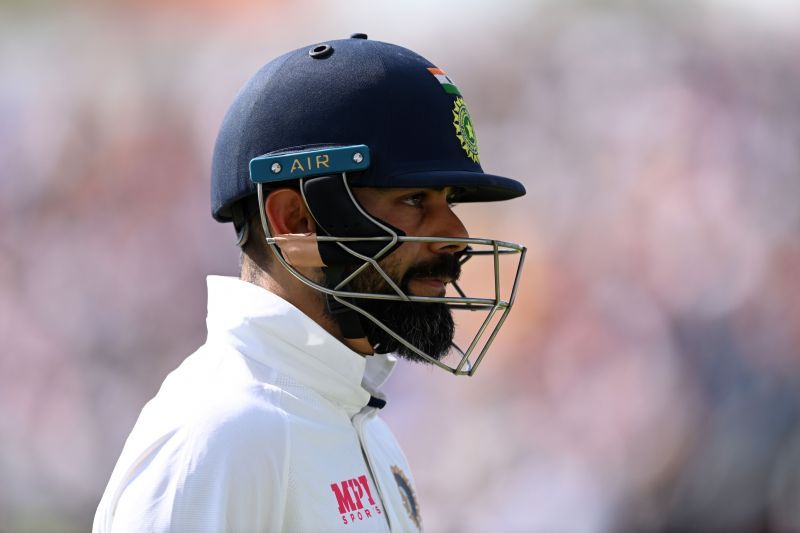
India need to steer clear of England's red-ball structure
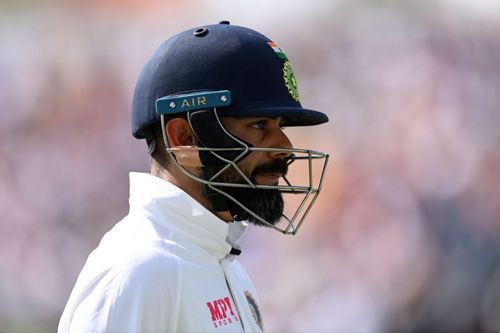
On 28th August 2021, India succumbed to another humiliating defeat overseas, with two batting collapses marring what had been looked upon as the ideal opportunity to drive home the advantage they fashioned at the Lord’s Cricket Ground.
Post the defeat, as is the norm with India, several knives have been sharpened. Countless pundits have offered their views – views on how India can bounce back in the remainder of the series and of course, what kind of tactical tweaks and changes to personnel are required.
Rather interestingly, in the aftermath of the Test, Virat Kohli, when speaking to the media, remarked that the Indian team rarely listened to such white noise. He even quipped that India, especially under his tutelage, always delivered when their backs were pitted to the wall and when the whole world was doubting them.
India suffered another batting collapse at Headingley
Among all of it, though, Kohli seemed to forget a slightly trivial detail: India had been, for the fifth time in their last three series, crumbled like the proverbial pack of cards. In fact, these capitulations wouldn’t be out of place in the English red-ball landscape – something that sums up just how lackluster India were at Headingley. And, of course, at Adelaide, Ahmedabad and Chennai.
For quite a while now, the who’s who of English cricket have harped on how the England and Wales Cricket Board (ECB) have played an enormous part in ruining the traditional red-ball structure. County matches have slipped into the periphery, both in terms of quality and visibility, whereas other formats (read The Hundred) have kept reminding the world that “every ball matters”.
In the process, a lot of England’s all-format cricketers haven’t been able to play red-ball cricket consistently, meaning that they’ve been found out when directly being exposed to Test cricket.
More importantly, though, with these First-Class fixtures dwarfing in importance, especially when compared to its One-Day and T20 counterparts, numerous English cricketers – cricketers whose techniques have been mercilessly ripped open in Tests, have still managed to play numerous international red-ball games for the Three Lions.
India had arguably managed to steer away from that particular controversy, considering most of their fringe players performed brilliantly whenever called upon. The heroic encounters at the Gabba and the Sydney Cricket Ground are a testament to it.
However, most of the aforementioned cricketers were either all-rounders or bowlers, meaning that their batting core, barring Kohli, was at the heart of the attention Down Under in 2020-21.
In an ideal scenario, an experienced batting unit is exactly what helps teams keep churning out results, for there is no substitute for runs on the board. The problem, though, arises when teams such as India want to shuffle their batting pack and avoid doing so because they are either too stubborn or think too highly of those not performing. Or if they simply have no evidence to strengthen the credentials of the players sitting on the bench.
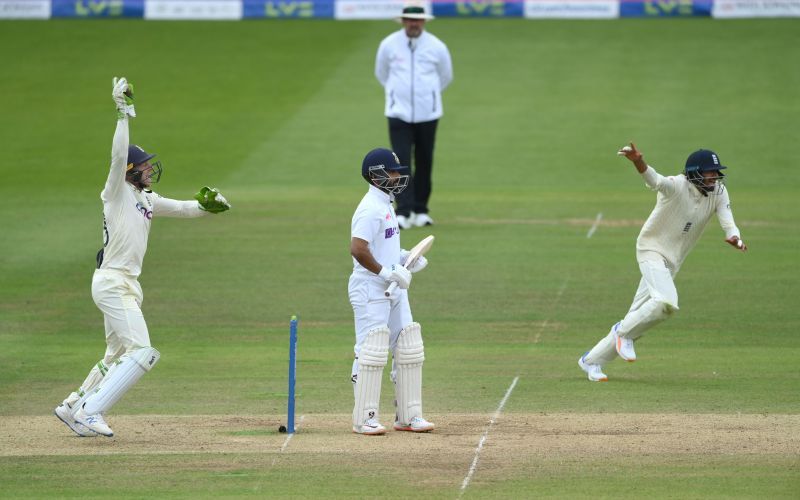
And, in the current series, it is looking increasingly likely that India would be averse to making tweaks because they just don’t know how those on the outside would acclimatize. In simpler words, the potential success of an unknown quantity is weighing lesser than failures that seem inevitable for tried and tested individuals.
A major chunk of the blame can be put down to the COVID-19 pandemic, for it has severely disrupted the cricketing calendar. But a share of it can certainly be attributed to the sheer lack of First-Class cricket in the Indian domestic calendar.
Funnily enough, when the Ranji Trophy – the gold standard for red-ball cricket in India, was scheduled to resume this season, some state associations thought it prudent to shift the competition to January 2022. More damningly, it is now slated to take place after the Syed Mushtaq Ali Trophy (T20) and the Vijay Hazare Trophy (List A).
Surely the tournament that is perceived as the ultimate test for a budding cricketer from India could’ve gained precedence over limited-overs cricket, right?
However, that isn’t the vibe the BCCI seem particularly inclined towards at the moment. Not just because the Ranji Trophy has anyway been put away since the 2019-20 season but also because the white-ball tournaments offer an easy path into the IPL – the pedestal where most cricketers from India aspire to reach.
Another aspect that shows the Ranji Trophy might be dwindling in significance, at least from an administrative standpoint, would be that in January, a lot of the pitches would be tired. They might not be as fresh as they would’ve been had the tournament taken place during the peak cricketing season, meaning that numbers could be skewed.
Additionally, these red-ball competitions offer cricketers from India or any country for that matter, an opportunity to work on their weaknesses and equip themselves as well as possible for Test cricket.
Since the COVID-19 pandemic gripped the world, India A tours – something that has often been credited for the kind of success India has achieved, despite missing key players, have also been shelved. Though the BCCI will definitely rekindle those at some point, it is important to remember that the India A series are just as important as the IPL because, well, they should ideally be the final stepping stone before donning India colours.
A perfect example of that would be the inclusion of India’s fringe players in the current rubber against England. Abhimanyu Easwaran, despite scoring tons of runs in the 2018-19 season, averaged only 17.20 in the most recent Ranji Trophy campaign in 2019-20. And, now, if anything were to happen to India’s openers, they would be fielding a batter who has not scored truckloads of red-ball runs lately.
On the other end of the spectrum are players such as Shreyas Iyer and Suryakumar Yadav – players that just haven’t played enough red-ball cricket recently to present a case. Though India would certainly want to invest in them, considering they have the ability to be batting mainstays across formats, India have been tentative to do so because red-ball cricket has been at a premium.
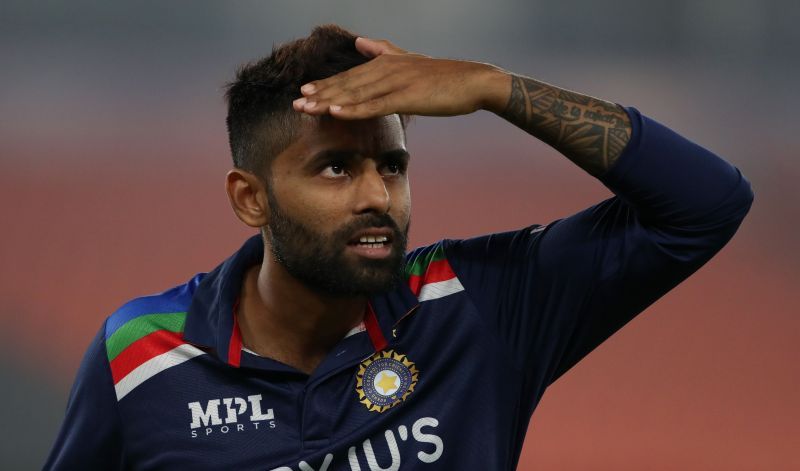
Suryakumar’s last First-Class game, rather incredibly, was in February 2020 against Madhya Pradesh. Iyer, meanwhile, last played a red-ball game way back in February 2019 when he turned out for the Rest Of India team against Vidarbha.
While Iyer could be slightly excused given that he has been a regular part of the India setup over the past few years, Suryakumar didn’t make his international debut until February 2021, raising questions on why a potential batting solution has played so little First-Class cricket.
Speaking of Vidarbha, they managed to notch up two consecutive Ranji Trophy triumphs in 2017-18 and 2018-19. Yet, hardly any of their players got the national recognition they deserved. Aditya Sarwate, Akshay Wadkar, Akshay Wakhare and Faiz Fazal played a few zonal matches and Sarwate was called up for an India A tour as well.
Also Read: Faiz Fazal: A champion cricketer who never got his due
However, these weren’t the kind of chances they deserved nor the volume of chances that would’ve been accorded to someone had they impressed in the IPL.
When talking about parallels, it is quite intriguing that this can be related to the plight of England’s batting in Test cricket. When the series against New Zealand began, each of the Three Lions’ batting incumbents, namely Dan Lawrence, Dom Sibley, Ollie Pope, Rory Burns and Zak Crawley had enjoyed sub-standard domestic seasons.
Remarkably enough, they were the best that England had to offer – something that illustrates the lack of red-ball batting resources at their disposal. While India most definitely have more players capable of surviving the grind of Test cricket, the fact remains that they will be treading a prospectively problematic path if they aren’t careful.
At the moment, there have only been glimpses that India’s batting unit (especially in Test cricket and on bowling-friendly surfaces) might not be as strong as they would’ve wanted. India’s batting collapses are becoming too commonplace and with the lack of red-ball cricket forcing their hand (to an extent) to stick with players out of form, it could morph into a bigger concern.
For now, India have extraordinary quality to lean back on. They have KL Rahul, Rishabh Pant, Rohit Sharma, Kohli and an irresistible bowling attack to dig them out of holes. But the reaper will ultimately knock at their door for an undertaking venture if this continues.
Even England seemed to be comfortably placed when Sir Alastair Cook did the job at the top, Joe Root did something similar in the middle, with James Anderson and Stuart Broad scalping wickets for fun.
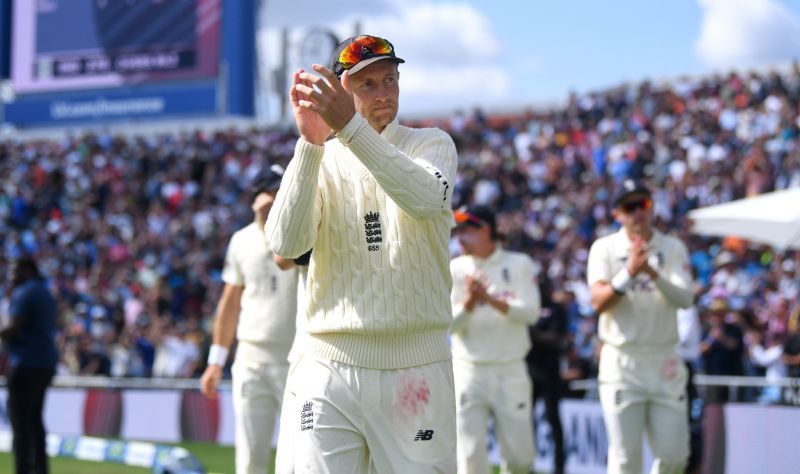
Fast forward a few years, and their domestic red-ball structure seems anything but sturdy or enviable. Not just the structure in isolation but also the replacements they have opted for since Sir Alastair Cook bid adieu from international cricket.
Perhaps it is time for India to take the right cue and steer away from mirroring England’s red-ball structure. As the Three Lions have shown, these foundations take years to build and only an influx of commercialization to bring it down.
And, knowing India, they wouldn’t want to be chastened by that particular sword. Or, at least, not feel it regularly because the batting collapses at Adelaide, Ahmedabad, Chennai and Headingley, despite Kohli’s best efforts to not listen to the white noise, still speak volumes.